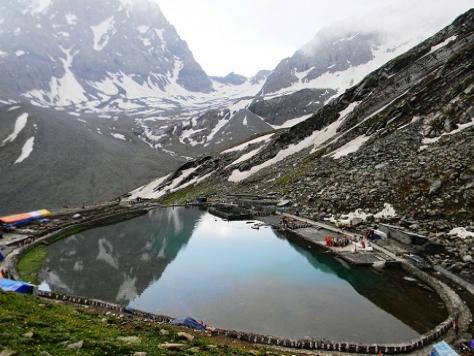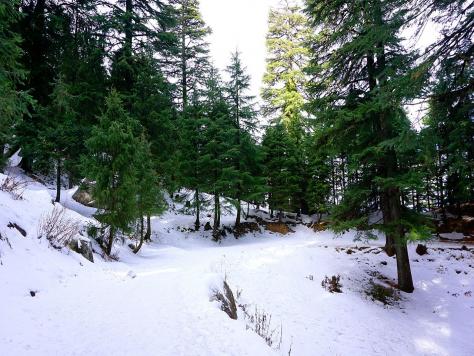Chamba
Chamba, Himachal Pradesh, India, Asia

Customized Activity
You are free to customize your itinerary exactly the way you want. Choose transport, hotel & sightseeing as per your desires.
Includes
Meals
Transport
Pick-up & Drop
Activities
Accomodation
About The Attraction
Chamba is a town in the Chamba district in the state of Himachal Pradesh, in northern India. According to the 2001 Indian census the town is situated on the banks of the Ravi River (a major tributary of the Trans-Himalayan Indus River), at its confluence with the Sal River. Chambial were the Rulers of Chamba State Chambials use suffix Varmans. Though historical records date the history of the Chamba region to the Kolian tribes in the 2nd century BC, the area was formally ruled by the Maru dynasty, starting with the Raju Maru from around 500 AD, ruling from the ancient capital of Bharmour, which is located 75 kilometres (47 mi) from the town of Chamba. In 920, Raja Sahil Varman (or Raja Sahil Verma) shifted the capital of the kingdom to Chamba, following the specific request of his daughter Champavati (Chamba was named after her). From the time of Raju Maru, 67 Rajas of this dynasty have ruled over Chamba until it finally merged with the Indian Union in April 1948, although Chamba was under British suzerainty from 1846 to this time. The town has numerous temples and palaces, and hosts two popular jatras (fairs), the "Suhi Mata Mela" and the "Minjar Mela", which last for several days of music and dancing. Chamba is also well noted for its arts and crafts, particularly its Pahari paintings, which originated in the Hill Kingdoms of North India between the 17th and 19th century, and its handicrafts and textiles. Chamba is the headquarters of the Chamba district, bordered by Jammu and Kashmir to the north-west and west, the Ladakh area of Jammu and Kashmir and Lahaul and Bara Banghal to the north-east and east, Kangra to the south-east and Pathankot district of Punjab to the south. It has an average elevation of 1,006 metres (3,301 ft). The town, the district and the valley where the town is located, share the name of Chamba. The town of Chamba is located at the junction of Ravi River and its tributary, the Sal River, with the Shah Madar hill forming the backdrop on its eastern side. The Ravi flows in east-west direction forming deep canyons. During the spring and summer months, the levels of the river rise significantly from snow melt and pose a flooding risk. Record levels were experienced in early July 2005, when the National Hydroelectric Power Corporation was forced to shut down the power generation on its 300-MW Chamera Power Station. Located on the right bank of the Ravi river valley, built on successive flat terraces, the town is bounded topographically by the Dhauladhar and Zanskar ranges, south of the inner Himalayas. Chamba, despite its hill location, is well connected by road to the rest of the state and country, including Shimla, Delhi and Chandigarh along several routes. The nearest broad gauge railway stations are at Chakki Bank and Pathankot, the latter of which is 120 kilometres (75 mi) away by road. The temperatures in summer vary between 38 °C (100 °F) and 15 °C (59 °F) and in winter: 15 °C (59 °F) and 0 °C (32 °F). The maximum temperature recorded in summer is 39 °C (102 °F) and the minimum temperature in winter is −1 °C (30 °F). Climatically March to June is said to be the best period to visit Chamba, which is a well known hill station. The average annual rainfall in the town is 785.84 millimetres (30.939 in).Best Time
- Round_the_Year
Timings
- ~~Monday_Sunday
